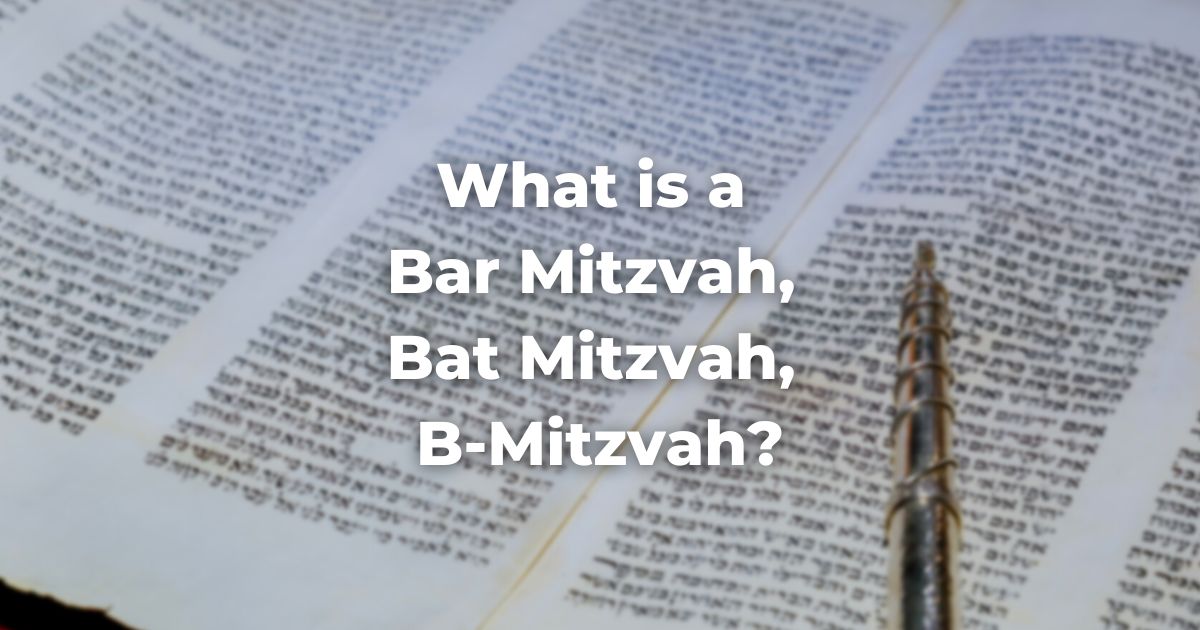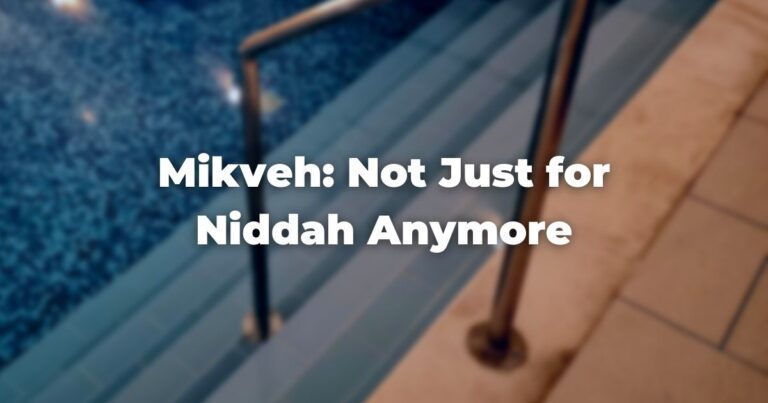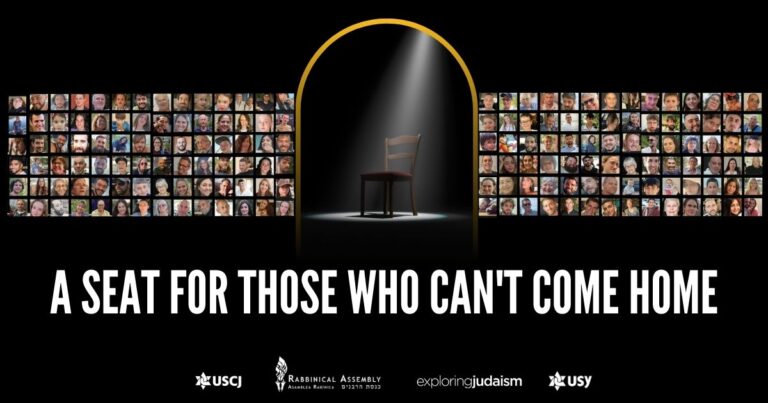Perhaps the most significant rite of passage for a young Jewish person is the moment they become responsible for the performance of the commandments in the eyes of tradition, popularly referred to as the day they become a Bar Mitzvah or Bat Mitzvah.
Due to the gendered nature of Hebrew, some choose the language of B’nei Mitzvah (also spelled Benei Mitzvah or Bnai Mitzvah) to refer to this ritual. The language of “B-Mitzvah” has become increasingly common as an alternative to further gender-neutralize this ritual’s name. (We will be using B-Mitzvah during the rest of this piece.)
For many centuries, it has been customary to celebrate this milestone with honors in synagogue services, followed by a celebratory party. Over the centuries, these too have become associated with the ritual. People speak loosely of attending a child’s B-Mitzvah when they are actually attending the ceremonies surrounding the child becoming a B-Mitzvah, usually by being present in the synagogue when the child is called forward to the TorahRefers to the first five books of the Hebrew Bible, the Tanakh, also called the Five Books of Moses, Pentateuch or the Hebrew equivalent, Humash. This is also called the Written Torah. The term may also refer to teachings that expound on Jewish tradition. Read more for the first time.
Sometimes people conflate the B-Mitzvah with a party celebrating the coming of age, though there is little or no religious significance to the party itself; as such, no equivalence between the synagogue service and a party should be made since the latter lacks the religious significance of the former.
The key point is that the B-Mitzvah is not by its nature a transformational experience: individuals become responsible to perform the mitzvot when they turn thirteen (though some hold that girls become Bat Mitzvah at the age of twelve). This is true, whether they are formally called to the Torah to mark the transition to adult responsibility or not and regardless of whether their parents make a huge party to celebrate that fact.
Why does a Bar Mitzvah, Bat Mitzvah, or B-Mitzvah happen at age thirteen?
The age itself, thirteen, was chosen as an approximation.
Ideally, the transition should take place at puberty, but the ancient rabbis were savvy enough to know what a poor idea it would have been to try to make such a public determination for children at the onset of adolescence. They were content to fix an age that seemed reasonably accurate and to leave it at that.
Thus the words of Judah ben Tema in MishnahA collection of rabbinic teachings edited in Israel around 225 CE. Organized in six sedaraim by subject matter and dealing with both ritual and civil law. Both the Jerusalem and Babylonian Talmud are expansive discussions of the Mishnah. Read more Avot 5:21, “At age thirteen comes responsibility for the mitzvot,” have traditionally been understood to constitute permission to fix the attainment of majority in terms of a child’s physical age. The concept of thirteen as the age of majority became codified as the halakhic standard, although the relationship to puberty was not entirely erased (see, e.g., Maimonides’ comments in Mishneh Torah Hilkhot Ishut 2:9–10).
In our day, the actual question of whether a child has attained puberty is considered irrelevant, and the age of majority is deemed fixed at the above-mentioned age regardless of whatever milestones a child may or may not have reached in their physical development.
When were the first Bar Mitzvah and Bat Mitzvah?
The concept of making a formal celebration for a child who becomes a Bar Mitzvah was first mentioned by the thirteenth-century German rabbi Mordecai ben Hillel.
The early version of the ceremony consisted simply of a child receiving their first aliyah to the Torah or, on Shabbat, being called up as the maftir (the final Aliyah Torah reading) and thus invited to chant the haftarah in public for the first time.
After the service, there would be a celebratory feast in the course of which the child would deliver some remarks based on that week’s Torah portion. On weekdays, the child would put on their tefillin and recite the blessings as a Bar Mitzvah.
The concept of celebrating when an individual attains their majority is a much later development and, for many years, consisted mostly of the individual delivering some remarks in front of the congregation either on a weekday or a Friday evening, followed by a celebratory meal.
The first formal Bat Mitzvah ceremony is said to have taken place in New York in 1922, when Judith Kaplan, was called forward to read from the Torah at the Society for the Advancement of Judaism, her father, Rabbi Mordechai Kaplan’s, congregation, when she was twelve years old.
Now, nearly every congregation features a Bat Mitzvah ceremony in which individuals are welcomed into the congregation as adults.
It has become exceedingly common for individuals, regardless of gender, to have their B-Mitzvah celebrations at age thirteen as well. This is intended to facilitate the education of children in preparing for their B-Mitzvah services together.
What are Adult B-Mitzvahs?
In recent decades, the adult B-Mitzvah concept has been introduced in many congregations. Most of the time, the adults involved grew up in congregations that did not permit or endorse B-Mitzvah celebrations and now wish to publicly affirm their commitment to Judaism. This is true for women of a certain age, who turned thirteen before the practice of Bat Mitzvah became more common.
Other adult participants might be individuals whose families were sufficiently estranged from Jewish ritual when they were children so as not to have had a formal B-Mitzvah ceremony. Still others might be converts to Judaism who were not Jewish at age thirteen.
These adult B-Mitzvah celebrations can be extremely meaningful and generally come at the culmination of a course of study that includes instruction in the skills necessary for meaningful participation in the synagogue service.
Adapted with permission from The Observant Life.
Authors
-

-

The Observant Life: The Wisdom of Conservative Judaism for Contemporary Jews distills a century of thoughtful inquiry into the most profound of all Jewish questions: how to suffuse life with timeless values, how to remain loyal to the covenant that binds the Jewish people and the God of Israel, and how to embrace the law while retaining an abiding sense of fidelity to one’s own moral path in life. Written in a multiplicity of voices inspired by a common vision, the authors of The Observant Life explain what it means in the ultimate sense to live a Jewish life, and to live it honestly, morally, and purposefully. The work is a comprehensive guide to life in the 21st Century. Chapters on Jewish rituals including prayer, holiday, life cycle events and Jewish ethics such as citizenship, slander, taxes, wills, the courts, the work place and so much more.
View all posts






